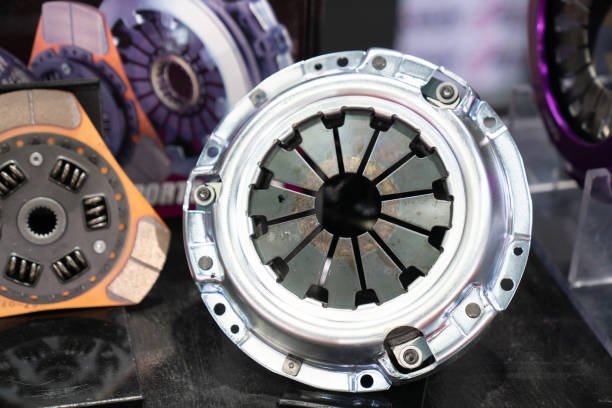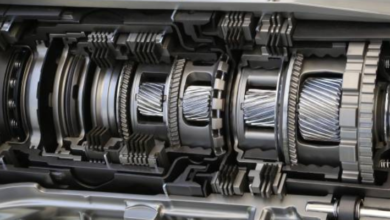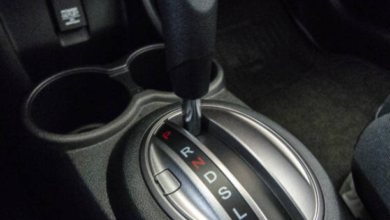Dual Clutch Transmission: Working & Advantages

What is a Dual Clutch Transmission?
Dual Clutch Transmission which is a new development in the automobile drivetrain system that merges the fuel-efficiency of manual gearbox with the convenience of automatic transmission. Different from ordinary automatic transmission arrangements that rely on torque converters for shifting gears, the dual-clutch transmission (DCT) comes equipped with two clutches for odd and even races that enable smooth, fast, and convenient gear shifting. This type of design not only recovers but also converts all this stored energy into usable power, which reduces the fuel consumption of the vehicle and enhances the shift quality when compared to the conventional automatic transmission.
The pre-selection of gears which are the next in line is one of the characteristics of the DCT which minimises the loss of power during gear shifts. The other clutch being pre-selected using second clutch while the first one will remain engaged with the current gear making the switching between the gears almost like a nearly instantaneous movement. DCT equally contributes to the quick acceleration and the smoothness especially to drivers due to these features. As a result, the cars with DCT are a perfect example of an improved driving experience.
DCT transmissions give a driver the convenient option of choosing between an automatic mode for stress-free remaining on road or a manual mode when the driver wants to have more dynamic performance. With manual mode drivers can easily take control by flicking paddle shifters or sequential shift lever, thereby allowing them to experience the driver-centric nature of a manual transmission. Generally, DCT will be a major breakthrough in the automotive industry, and one can be assured that it will whisk away introducer of performance loss, efficiency, and comfort.
Understanding the Dual Clutch Transmission
Using two independent clutches to enable smooth gear changes, the dual clutch transmission is an advanced automated manual transmission. DCTs use two clutches—one for odd-numbered ratios and another for even-numbered gears—instead of a torque converter, which is how typical automatic gearboxes transmit power. This allows for blazingly quick shifts without compromising power to the wheels.
Working of Dual Clutch Transmission
The dual clutch transmission functions fundamentally using a straightforward but clever idea. One clutch engages the gear that is in use while driving, and the second clutch chooses the gear that will come next. The DCT smoothly switches between the two clutches when the car accelerates or decelerates, allowing for quick gear changes that are executed with amazing accuracy. The torque converter is not required with this dual-clutch setup, which improves fuel economy and power transfer efficiency.
Advantages of Dual Clutch Transmission:
Lightning-fast shifts: One of DCTs’ most prominent features is their millisecond gear-change execution, which allows for smooth acceleration and gear transfers.
Enhanced Fuel Economy: Dual clutch transmissions maximize power delivery and reduce energy waste by doing away with the power losses connected with conventional torque converters.
Precise Control: A twin clutch transmission offers precise control over gear engagement due to its direct mechanical linkages, which makes driving dynamics more engaging and snappy.
Adaptive Performance: To further improve performance and efficiency, a lot of contemporary DCTs have adaptive programming, which modifies shift patterns in response to the driving environment and driver input.
Versatility: Automakers and consumers can choose dual clutch transmissions because they are highly versatile and can be found in a wide range of vehicles, from high-performance sports cars to tiny hatchbacks.




